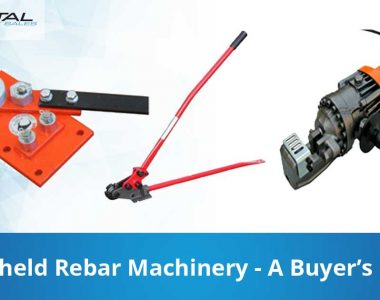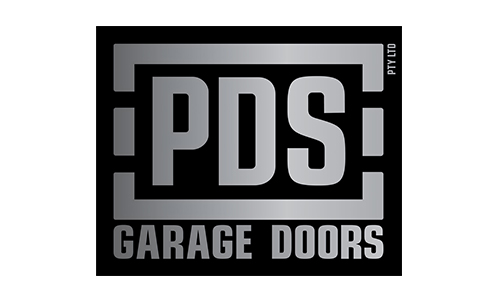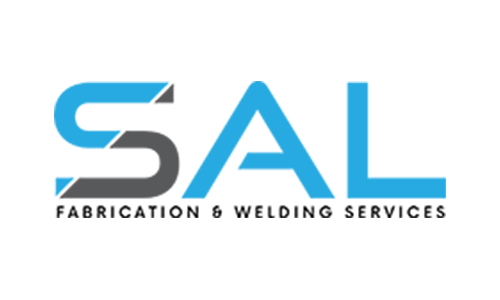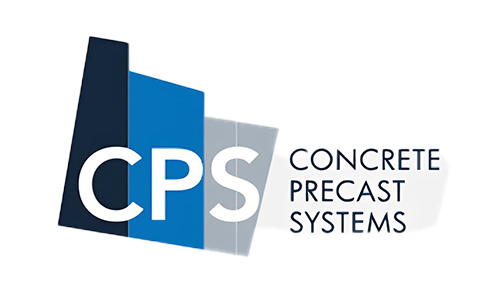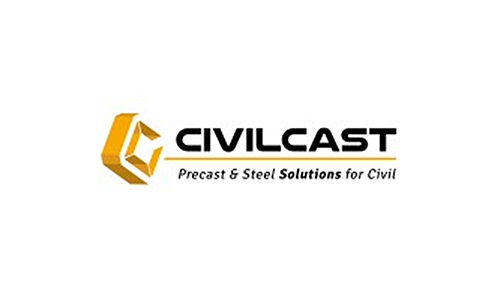
Industrial Horizontal Band Saw Machine Maintenance Tip 3
To guarantee that our customers are satisfied we make sure that our Horizontal Band saw machines and its sawing blades fit their needs.
To determine the type of band saw blade that best suits your shop’s cutting requirements, you must make sure that you know the type of materials that are going to get cut. Most blades are bi-metal; this means that they are composed of two separate metals joined together. Bi-metallic blades are made up of layers of different metals. These blades can endure the punishment of cutting different shapes and bundles, but have the strength or durability to allow for non stop use on tough materials and heavy-walled tubing, as well as random cutting of high-alloy steels. The teeth of the bimetal Bandsaw Blades are composed of high-intensity steel bonded by various methods with the high-powered carbon steel base. Such composition makes blades with better combination of cutting speed and durability than shown by non-bimetal blades in certain applications. A recent advancement in the bimetal band saw blade’s production has replaced the electron beam welding with a diffusion bonding process that resulted in blades having more resistance to tooth strip and also enables it to withstand temperatures up to 1,100 degrees F during the application. These blades can now cut materials with 40/45 HRC. Some bi-metals have coatings made of titanium nitride, which are often used on components to improve surface properties, making them more suitable for custom applications in which neither any conventional bi-metal nor carbide-tipped blades work well. Heat treatment processes are also applied to bi-metals, thus providing the right mix of rigidity and strength. For cutting larger volumes of high nickel and alloy steel, you should use a “carbide-tipped” blade or “tungsten carbide” that is 78-80 HRC. Cutting these hard materials requires more shear break for the material to form the chip, creating a considerable amount of heat at the face of the tooth. Carbide – a binary compound of carbon having an element that have lower or comparable electronegativity, is preferred over the high-speed steel because it has more resistance to heat. We can definitely conclude that carbide-tipped blades can better hold their edges longer than any bi-metal blades available for cutting of such materials as INCONEL®, MONEL®, Hastelloy®, and titanium.Next tip, how to look at the blade’s characteristics. So, stay tuned!


